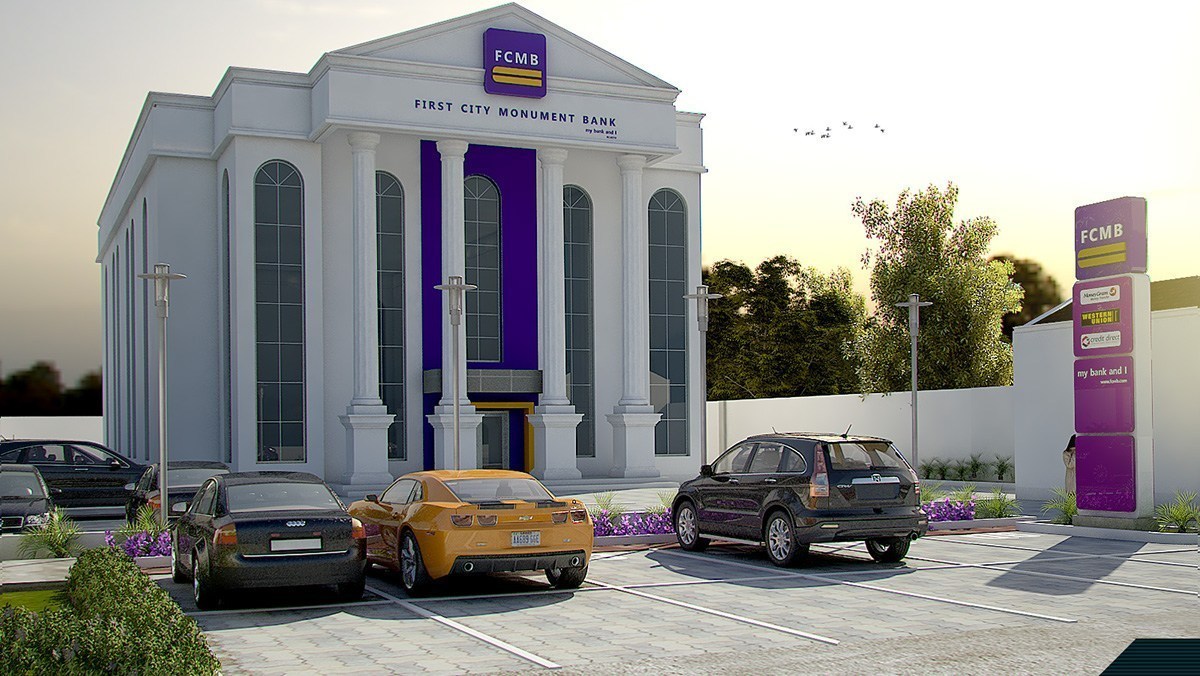This is the second time the Metropolitan Police have deployed live facial recognition (LFR) in Lewisham, but councillors say there was no consultation with local residents ahead of the controversial technology’s deployment in the area.
On August 20, 2024, the Metropolitan Police Lewisham account posted on X that the police would be deploying LFR technology at “key locations” across Catford, noting that it “will help keep Londoners safe and will be used to locate people who are threatening or causing harm, who are wanted or who have a court warrant for their arrest.”
However, Liam Shrivastava, New Cross Gate councillor and chair of the borough’s Safer and Stronger Communities Select Committee, said: “Police are once again using live facial recognition in Lewisham without informing the public, just via tweet.”
He said this comes a month after the city council asked police to increase community engagement with the technology.
According to a webpage for the Safer Stronger Communities Select Committee meeting in July 2024, it ended with the group recommending “that the council work with the police to ensure residents and stakeholders are provided with timely and adequate information about developments in the use of live facial recognition technology and about local deployment of the technology.”
During that meeting – a recording of which is available online – other council members also raised concerns about the lack of community engagement with LFR. Among them were council members Chris Best and Laura Cunningham, who argued that more information and better communication from police was needed to address community concerns about the technology.
Independent councillor Hau-Yu Tam also stressed that Lewisham residents were only informed about the deployment of the LFR at the last minute. He stressed that local people must be given the opportunity to question the Met’s actions: “The community groups need to be given the keys so they can hold this technology to account.”
Similar problems were encountered during the Met’s previous LFR deployment in Lewisham on 26 March 2024. Shrivastava noted at the time that local consultation had been “minimal” and elected members had only been informed two weeks beforehand.
This is despite the fact that the Met’s LFR strategy document itself states: “It may be appropriate to explore the possibilities for involving a range of stakeholders before undertaking such activities….”
Lindsey Chiswick, the UK police’s director of intelligence, had also previously told the House of Lords that LFR was a “precision-based tool for tackling community crime”. In a later session, he added that due to the lack of police support for certain community groups, it was necessary to engage these groups before any LFR deployment to allay any fears among the public.
Insufficient information
Another aspect of the problem, according to Shrivastava, is the council’s lack of control over who police targets. The police refuse to provide the council with information about demographic data or false matches.
For example, Shrivastava commented on the March operation on X: “Like all public bodies, the police are subject to the public sector equality duty. Yet they will not share the demographic data on their watch lists or the data incorrectly matched by LFR. This is a major problem in a district with a large multi-ethnic population and over-policed communities.”
However, in a response to questions from the Select Committee in July 2024, the police confirmed in writing that their LFR watch lists were “not searchable for protected characteristics” and that “in accordance with Mopac (Mayor’s Office for Police and Crime) and College of Policing guidelines, data on the number of scans and demographics of people stopped or arrested are neither recorded nor published”.
During the July meeting, Shrivastava told an acting chief inspector of the Lewisham local policing team that the force had not provided all the requested information about its LFR operations, noting that the information provided was “quite scant”.
He also reminded the Inspector that the Committee is tasked with examining crime and disorder control strategies under the main legislation – the Police and Crime Act 2006.
While the inspector made no further comment on the Met’s written responses, he noted during the committee meeting that LFR is only deployed in “high crime areas” designated by Mopac and that for tactical reasons the force does not announce its deployment, apart from tweets on the morning of the deployment and signage in the area.
In response to questions from Computer Weekly about the concerns raised by Lewisham councillors, a Metropolitan Police spokesperson said the LFR operations were “strongly supported by the majority of Lewisham residents, business owners and political representatives, particularly Lewisham councillors”.
The spokesman added that over the past six months the force had held “more than six briefings in a mix of public forums, private council meetings and independent advisory group meetings” to explain what its LFR operations entail and to answer any queries from committee members.
“We have responded to feedback from community groups who have also questioned the number of police officers stationed in close proximity to the LFR van. While we have revised our tactics where necessary, we remain true to our original brief on how LFR operations must be conducted. This includes a minimum rank of inspector leading each operation and ensuring that information leaflets about the operation are distributed,” the spokesman said.
“They also speak to community members who wish to comment and record conversations. We also carry out a community impact assessment for all LFR deployment locations in Lewisham. We have already carried out deployments in Catford and Lewisham High Street and posted informative messages on our social media platforms, but as per our policy we do not disclose the date and location of deployments until the day itself.”
Computer Weekly contacted the Lewisham Safer Neighbourhood Board – set up to monitor and control police activity in the area – about the Met’s actions in relation to LFR, but received no response.
No specific legislation
Emmanuelle Andrews, policy and campaigns manager at human rights group Liberty, said in her testimony at the July 2024 committee meeting that police were relying on a “questionable combination of pre-existing laws” to justify their use of LFR. She added that there was “too much discretion as to how, when and where it should be applied” that needed to be explicitly legislated.
Both Parliament and civil society have repeatedly called for new legal frameworks for the use of biometrics by law enforcement. These calls include an official inquiry by the House of Lords Justice and Home Affairs Committee (JHAC) into the use of sophisticated algorithmic technologies by police, two former UK biometrics commissioners, Paul Wiles and Fraser Sampson, an independent legal review by Matthew Ryder KC, the UK Equality and Human Rights Commission, and the House of Commons Science and Technology Committee, which called for a moratorium on LFR as early as July 2019.
During his tenure before his resignation in October 2023, Sampson also stressed that there was a lack of clarity about the extent and scope of surveillance of public spaces and raised concerns about the general “culture of data retention” of biometric data in the UK police force.
This includes the continued unlawful retention of millions of images of custody members used to create police facial recognition watch lists, which the Supreme Court ruled to delete in 2012.
Nevertheless, the Home Office has repeatedly affirmed the right of police to use facial recognition technology within the framework of existing legislation. However, the use of this technology by UK police has generally increased in recent years.
For example, according to the Met’s operational records, LFR was deployed nine times between 2020 and 2022, resulting in nine arrests; however, between 2023 and May 2024, this number increased significantly to 96 times, resulting in a further 243 arrests.
Following the racist riots across England, there are now plans to expand the use of facial recognition even further. Prime Minister Kier Starmer has committed to more extensive use and increased information sharing between security forces.
However, Starmer’s plans have faced sharp criticism from civil society and interest groups, who have expressed concern about the initiative’s implications for surveillance and its damaging impact on civil liberties more generally.




